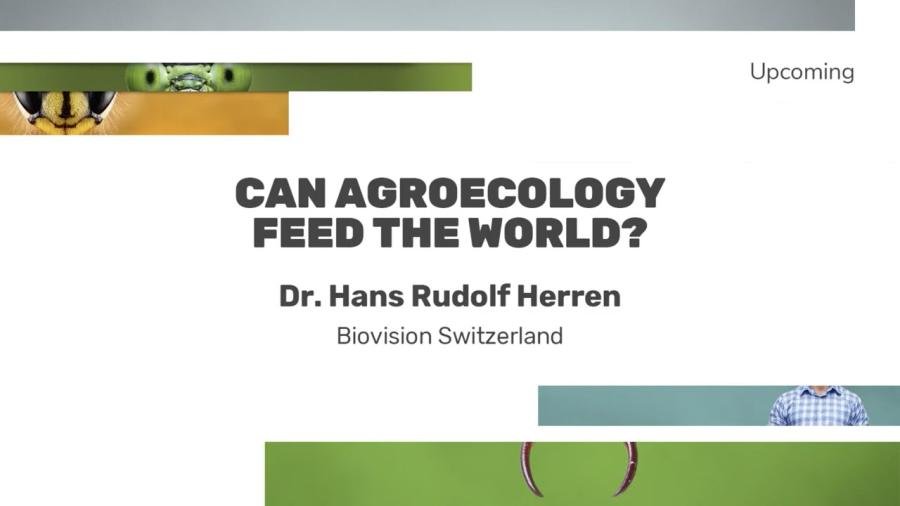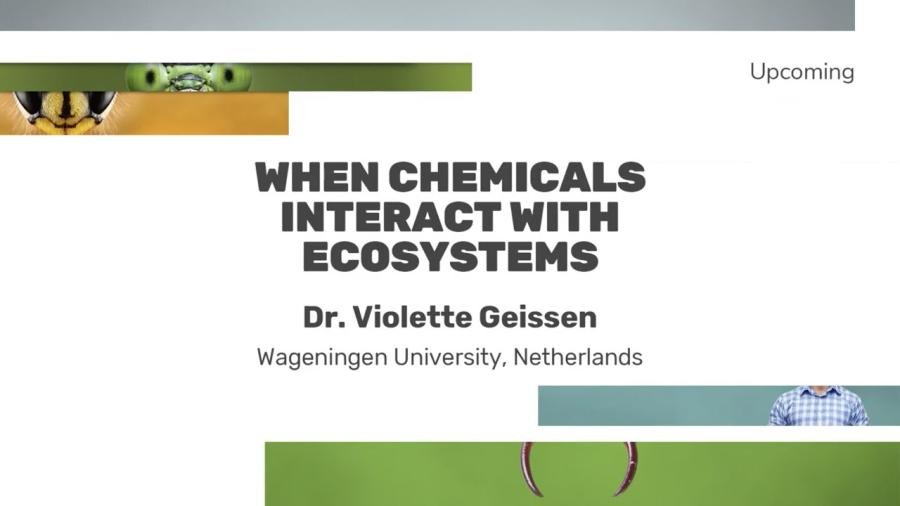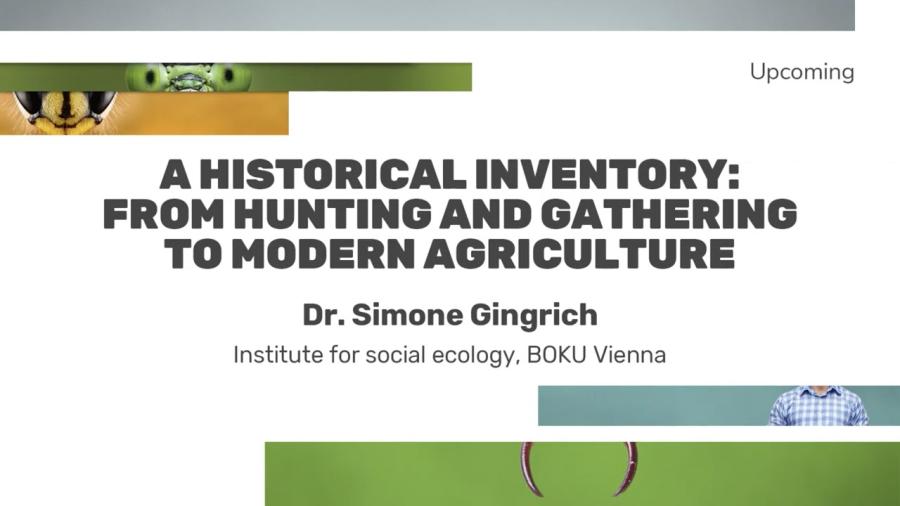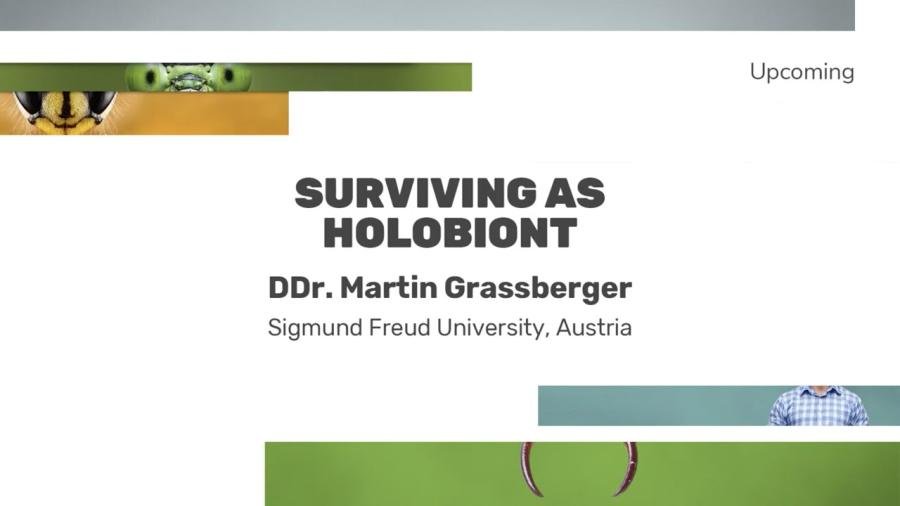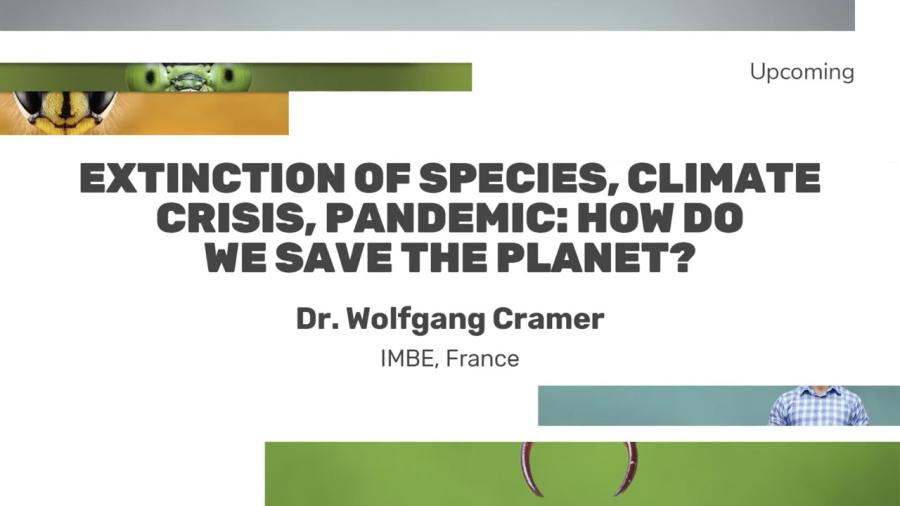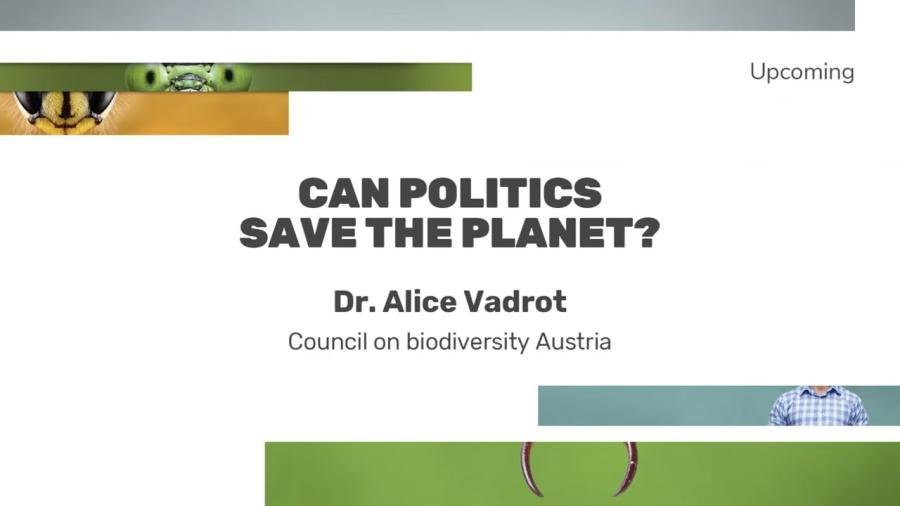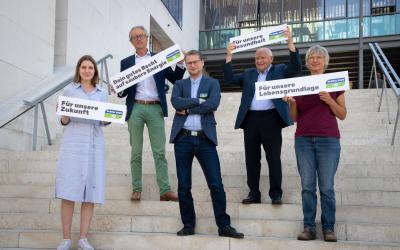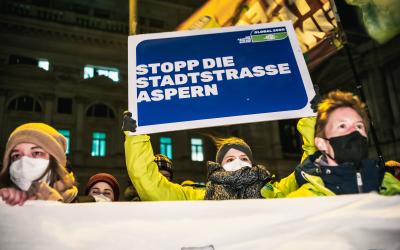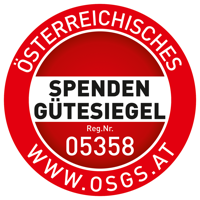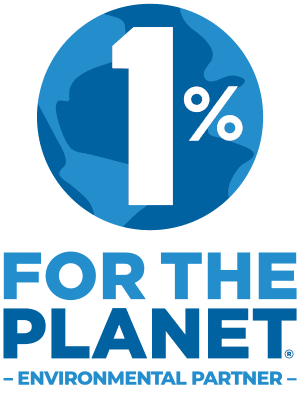Watch the presentations of the conference "Agriculture of the future" here.

Thank you for watching - the livestream is over now
Did you miss a presentation? No problem: All presentations will be available to listen to / watch online from May 18th.
Table of contents
From May 18th you will find all videos of the series "Agriculture of the Future" from our online congress "Visions for Transition - How Agriculture and Cities of the Future can save Biodiversity".
- Opening keynote: Can politics save the planet?
Dr. Alice Vadrot, Council on biodiversity Austria, University of Vienna
- Extinction of species, climate crisis, pandemic: How do we save the planet?
Dr. Wolfgang Cramer, Mediterranean Institute for Biodiversity and Ecology (IMBE), France
- A historical inventory: From hunting and gathering to modern agriculture
Dr. Simone Gingrich, Institute for social ecology, Austria
- When chemicals interact with ecosystems
Dr. Violette Geissen, Wageningen University, Netherlands
- Surviving as Holobiont
DDr. Martin Grassberger, Sigmund Freud University, University of Vienna, Austria
- Can agroecology feed the world?
Dr. Hans Rudolf Herren, Biovision Switzerland
- Our food system and climate change: From problems to solutions
Dr. Marta Guadalupe Rivera-Ferre, University of Vic, Spain
- Agriculture of the future: What are our options?
Nicolas Dendoncker, PhD, University of Namur, Belgium
- Can Common Agricultural Policy (CAP) contribute to change?
DI Christof Kuhn, Birdlife Austria
- From Imagination to Transition
Dr. Rob Hopkins, Transition Network, Great Britain
- Presentation of the results of the roundtable on agriculture and the Next Generation roundtable
DI Martin Kugler, Journalist & Mag. Miriam Bahn, GLOBAL 2000
- Food cooperatives: How farmers and consumers can work together
Julianna Fehlinger, MA, Via Campesina Austria
- "Save bees and farmers": The contribution of citizens' movements & NGOs to save biodiversity
Dr. Helmut Burtscher-Schaden, GLOBAL 2000, Austria
All presentations
Opening keynote: Can politics save the planet?
Dr. Alice Vadrot, Council on biodiversity Austria, University of Vienna
Extinction of species, climate crisis, pandemic: How do we save the planet?
Dr. Wolfgang Cramer, Mediterranean Institute for Biodiversity and Ecology (IMBE), France
What are the scientific facts about the climate and biodiversity crisis and how do they influence each other? What do the Intergovernmental Panel on Climate Change (IPCC) and the World Biodiversity Council (IPBES) recommend to limit these global crises? And what does the Covid crisis change?
A historical inventory: From hunting and gathering to modern agriculture
Dr. Simone Gingrich, Institute for social ecology, Austria
From the hunter and gatherer to the modern farmer. To what extent is modern man still dependent on ecosystem services? How has our relationship to the environment changed throughout history. To what extent has the introduction of artificial fertilizers, pesticides and genetic engineering reduced the dependence of agriculture on nature?
When chemicals interact with ecosystems
Dr. Violette Geissen, Wageningen University, Netherlands
With the intensification of the use of artificial fertilizers and pesticides, the so-called Green Revolution has achieved record yields worldwide since the 1960s. But what are the effects of the increased use of chemicals on the condition and diversity of life on soil, water and air?
Surviving as Holobiont
DDr. Martin Grassberger, Sigmund Freud University, University of Vienna, Austria
Are those drivers that have brought the global ecosystem to the brink of the abyss also responsible for the increase in malnutrition, obesity and chronic diseases in all age groups and social classes? Is there a connection between the silent death of species and the deterioration of human health? And how can this global health and environmental crisis be overcome?
Can agroecology feed the world?
Dr. Hans Rudolf Herren, Biovision Switzerland
One decade after the publication of the IAASTD World Agriculture Report diverse questions arise. How should the recommendations of the report with regard to current and future food security be assessed? How have food situation, agricultural policy, agricultural production conditions and the state of research developed since then? What measures should be taken in view of biodiversity loss threatening the world's food supply according to the FAO report?
Our food system and climate change: From problems to solutions
Dr. Marta Guadalupe Rivera-Ferre, University of Vic, Spain
How do the currently dominant forms of agricultural production that are dependent on chemical inputs affect the environment, biodiversity and climate? What changes are needed to ensure that the 1.5 degree target formulated by the Intergovernmental Panel on Climate Change remains within reach? Where are the dead ends? What can we do today to best prepare the agriculture for the future challenges of climate change?
Agriculture of the future: What are our options?
Nicolas Dendoncker, PhD, University of Namur, Belgium
Agroecology refers to a social movement, a science and a set of practices that can feed the world. What does it have in common with concepts related to sustainable agriculture such as permaculture, agroforestry or sylvopastoralism? How do they differ from high-tech "smart" farming systems? What systemic changes in our production, governance, and economic strategies are necessary to make our food system resilient, autonomous and respectful of people and nature?
Can Common Agricultural Policy (CAP) contribute to change?
DI Christof Kuhn, Birdlife Austria
Where are the CAP negotiations at present? How and according to which criteria should the EU dedicate its agricultural budget so that the CAP does not become an obstacle to systemic change but stimulates biodiversity-promoting and resilient forms of cultivation? Are positive impulses from the CAP a necessary precondition for the greening of agriculture or could a transformation also take place independently of the CAP?
From Imagination to Transition
Dr. Rob Hopkins, Transition Network, Great Britain
More and more people - especially young people – are taking the future as increasingly bleak and threatening in the face of the great ecological crisis. But does it have to be? No, says Rob Hopkins - we have the capacity to make dramatic changes. If we fail, it will be because we allow our most important tool to wither away: the human imagination, the ability to see things as they could be, that is, the ability to ask... And if there was ever a time when we needed that ability, it's now.
Presentation of the results of the roundtable on agriculture and the Next Generation roundtable
DI Martin Kugler, Journalist & Mag. Miriam Bahn, GLOBAL 2000
Miriam Bahn and Martin Kugler, moderators of the two Round Tables, present the most important results, common and controversial views and identified options for action from the discussions.
Food cooperatives: How farmers and consumers can work together
Julianna Fehlinger, MA, Via Campesina Austria
The problems are clear: small farms are struggling to survive in the market and consumers have lost contact with agriculture. An industry-dominated food system dominates the market. How important is the cooperation between consumers and farmers? How can solidarity-based agriculture and member-operated supermarkets contribute to the provision of quality, healthy and affordable food for all and at the same time stimulate a transformative greening of agriculture?
"Save bees and farmers": The contribution of citizens' movements & NGOs to save biodiversity
Dr. Helmut Burtscher-Schaden, GLOBAL 2000, Austria
Scientific controversies about the risks of pesticides (keywords: cancer risk from glyphosate, bee mortality from neonicotinoids) have shaken confidence in chemical crop protection. Across Europe, civil society movements are sprouting from the soil demanding a transformation of our food system to solve the biodiversity crisis. One of them is the European Citizens' Initiative "Save bees and farmers! But what contribution can such movements really make to social change and to saving biodiversity?
Next Generation Round Table
Presentation of the "Next Genereation" Round Table (de)
Results of the "Next Generation" Round Table (de)
Joint final workshop
This conference was supported by



This project has been funded with support from the European Commission. This website reflects the views only of the author, and the Commission cannot be held responsible for any use which may be made of the information contained therein.
Furthermore we would like to thank:



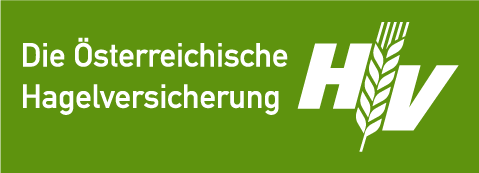

and the "EEHI - Environmental Health Initiative"
